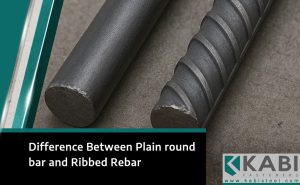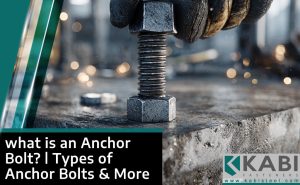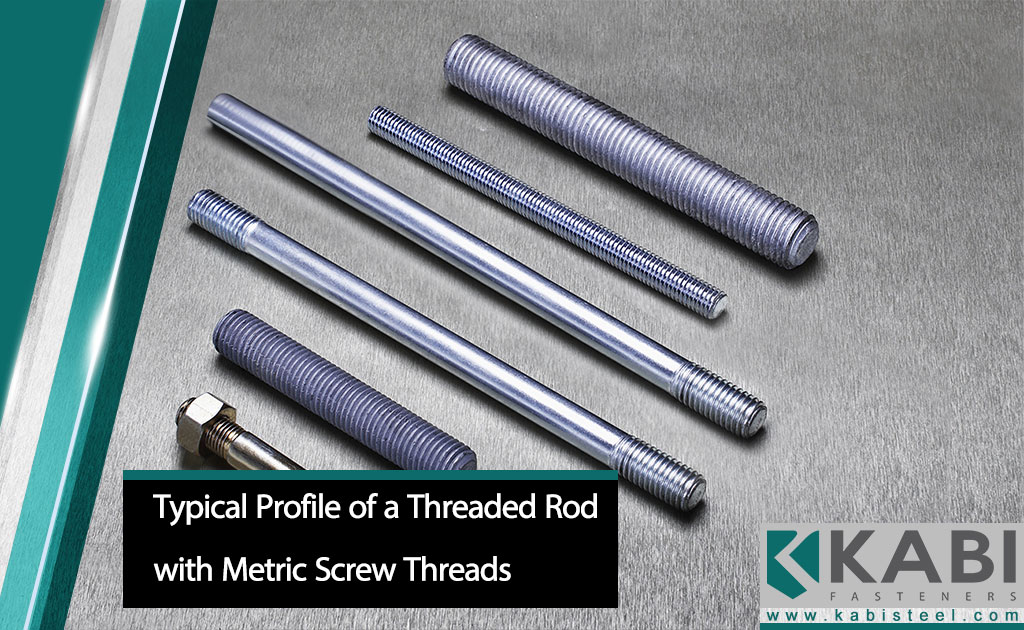A threaded rod, often referred to as a stud, is a long rod that features threading on both ends or along its entire length. This threading allows the rod to be used primarily in tension applications, providing secure fastening and connection in various structures. The versatility of threaded rods makes them essential components in construction, manufacturing, and repair industries.
One of the experienced manufacturers with the ability to ship worldwide is Kabi Steel. With high production capacity, they have successfully produced various types of threaded rods including metric threaded rods, one-side threaded rods, two-side threaded rods, inch threaded rods, and fully threaded rods
Kabi steel: Metric Threaded rod One Side Threaded rod Two Side Threaded rod Inch Threaded rod
Materials Used in Threaded Rods
Threaded rods are made from various materials, each offering specific benefits to suit different applications:
- Galvanized Steel: Known for its corrosion resistance, making it ideal for outdoor and industrial applications.
- Mild Steel: Offers good machinability and strength, commonly used in general-purpose applications.
- Stainless Steel: Provides excellent corrosion resistance, perfect for harsh environments.
- Nylon: Lightweight and resistant to corrosion and chemicals, used in applications requiring non-metallic fasteners.
- Brass and Copper: Offer good corrosion resistance and electrical conductivity, used in electrical and decorative applications.
- Aluminum: Lightweight and corrosion-resistant, suitable for applications where weight is a concern.
- Titanium: Extremely strong and lightweight, used in high-performance applications such as aerospace and medical devices.
-
Fully Threaded Rods (All-Thread): These rods have continuous threading along their entire length, allowing for full engagement with nuts or other threaded components. They are versatile and widely used in construction and repair projects.
-
Tap-End Studs: These have threading at both ends with unequal thread lengths, suitable for applications where one end is installed into a tapped hole and the other end receives a nut.
-
Double-End Studs: These rods feature equal thread lengths at both ends, ideal for applications requiring two nuts for securing components, such as flanged connections.
-
Studs for Flanges: These are fully threaded rods with chamfered ends or double-end studs with reduced shanks, designed for special bolting applications in flange connections.






